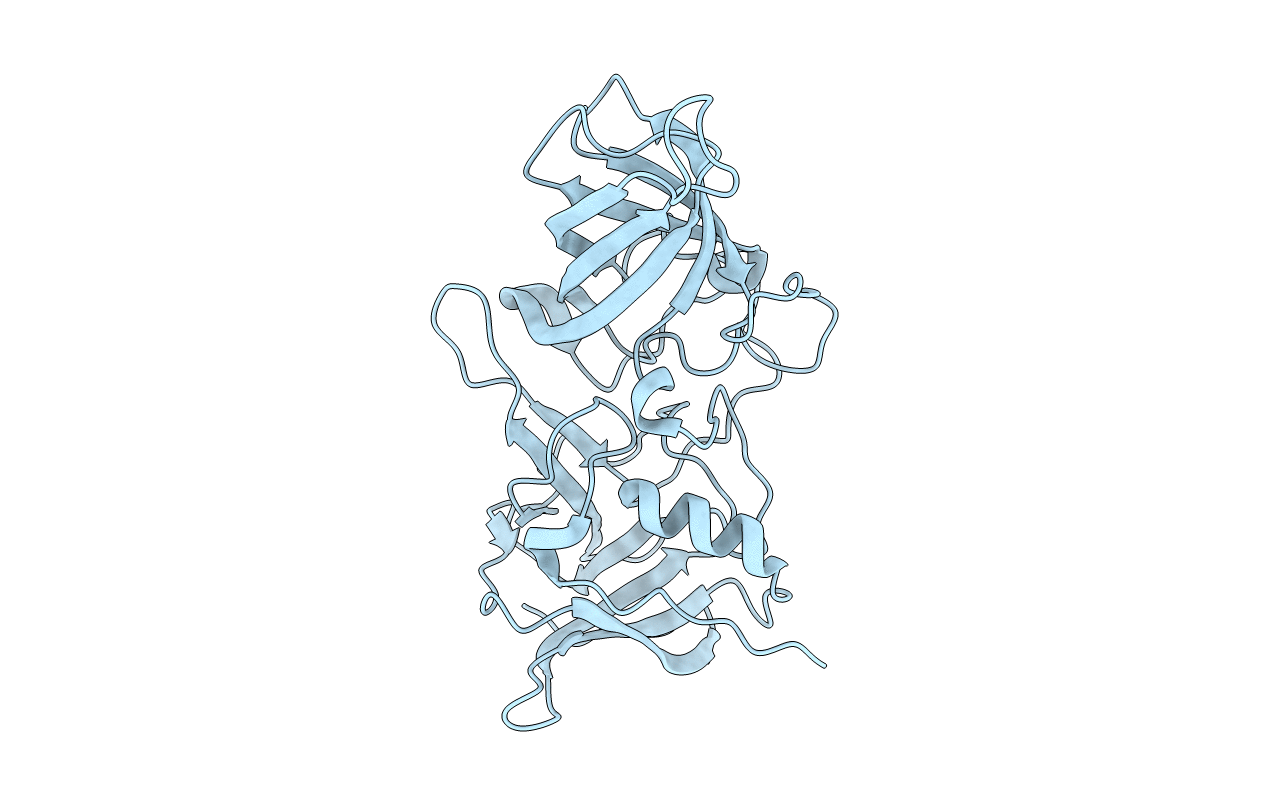
Deposition Date
2017-11-16
Release Date
2018-08-08
Last Version Date
2023-11-22
Method Details:
Experimental Method:
Resolution:
1.20 Å
R-Value Free:
0.16
R-Value Work:
0.15
R-Value Observed:
0.15
Space Group:
P 32 2 1


